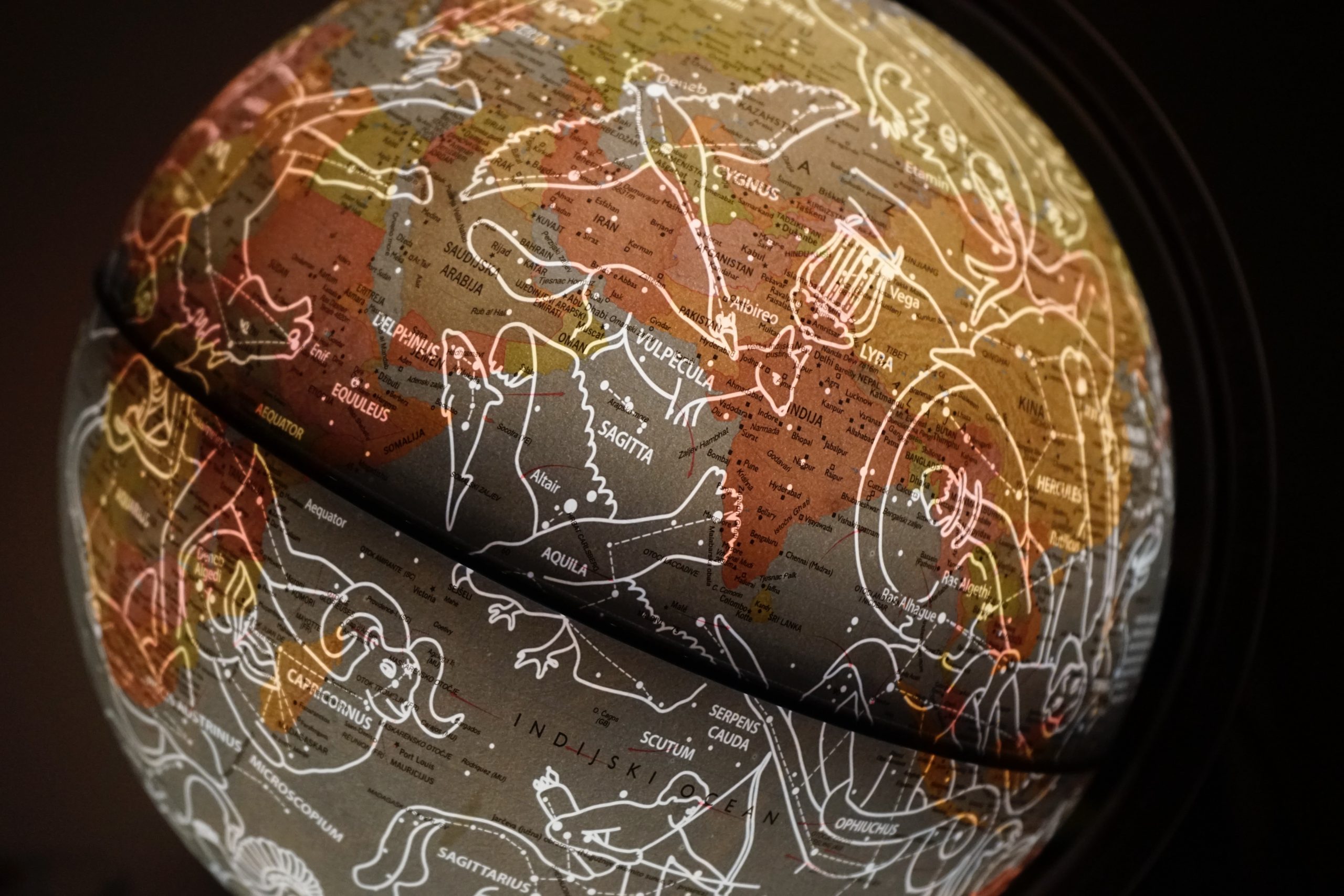How Long Can a Total Solar Eclipse Last?
A total solar eclipse is a breathtaking celestial event that captivates stargazers and astronomers alike around the world. As the moon passes directly between the Earth and the Sun, it casts a shadow on the Earth’s surface, momentarily plunging regions into darkness. But how long can this awe-inspiring phenomenon last? In this blog post, we will explore the factors that influence the duration of a total solar eclipse and delve into examples of notable eclipses throughout history. So, grab your solar glasses and let’s embark on a journey to uncover the mysteries of the duration of a total solar eclipse!
The Basics of a Total Solar Eclipse
Before we dive into the duration, let’s first understand the science behind a total solar eclipse. A total solar eclipse occurs when the moon aligns perfectly between the Sun and Earth, blocking the Sun’s light from reaching certain regions on Earth’s surface. From the perspective of an observer within the path of totality, the sky turns dark, and the solar corona, a luminous halo of plasma surrounding the Sun, becomes visible.
Now, let’s examine the factors that determine the duration of a total solar eclipse:
1. Lunar Speed
The speed at which the moon moves across the sky plays a crucial role in the length of a total solar eclipse. The moon orbits the Earth at an average speed of about 2,288 miles per hour (3,682 kilometers per hour). However, the moon’s orbital speed varies slightly throughout its elliptical orbit, causing the duration of an eclipse to fluctuate.
During a total solar eclipse, the moon’s shadow, known as the umbral shadow, sweeps across the Earth’s surface. The speed of this shadow is directly impacted by the moon’s orbital speed. If the moon is moving at a slower pace, the umbral shadow will take longer to traverse a given path, resulting in a longer duration for the total solar eclipse.
2. Earth’s Rotation
The Earth’s rotation on its axis also affects the duration of a total solar eclipse. The Earth rotates at an average speed of approximately 1,040 miles per hour (1,674 kilometers per hour) near the equator. Since the umbral shadow moves across the Earth’s surface, the duration of a total solar eclipse is influenced by how quickly the Earth rotates beneath the shadow.
Additionally, the Earth’s rotation causes the umbral shadow to appear as a diagonal path rather than maintaining a fixed alignment. This diagonal movement can slightly affect the overall duration of a total solar eclipse, as it may result in different regions experiencing the eclipse for varying lengths of time.
3. Distance to the Shadow Center
The distance from an observer to the center of the umbral shadow also impacts the length of a total solar eclipse. When the observer is closer to the center of the shadow, the duration of totality tends to be longer. Conversely, if an observer is located at the edge of the shadow path, they will experience a shorter duration of totality.
This variation in duration is due to the circular shape of the umbral shadow. Since the moon is not perfectly aligned with the Earth and the Sun, the shadow’s center is closer to the Earth in certain areas. Therefore, observers within these areas enjoy a longer duration of the total solar eclipse.
Examples of Notable Total Solar Eclipses
Throughout history, there have been several remarkable total solar eclipses that have captured the attention of people worldwide. Let’s take a look at a few notable examples:
| Date | Location | Duration |
|---|---|---|
| June 30, 1973 | Maunder Minimum Eclipse | 7 minutes, 4 seconds |
| August 21, 2017 | The Great American Eclipse | 2 minutes, 40.1 seconds |
| July 22, 2009 | Longest Duration of the Century | 6 minutes, 39 seconds |
The Maunder Minimum Eclipse on June 30, 1973, holds the record for the longest total solar eclipse in recent history. It lasted for an astounding 7 minutes and 4 seconds, providing scientists with an extended period to study the Sun’s corona and observe other fascinating phenomena.
An eclipse that garnered significant attention in recent times was “The Great American Eclipse” on August 21, 2017. This eclipse had a duration of approximately 2 minutes and 40.1 seconds and captivated millions as it traveled across the United States from Oregon to South Carolina.
On July 22, 2009, skywatchers experienced the longest total solar eclipse of the century. With a duration of 6 minutes and 39 seconds, it passed over several countries in Asia, including India, China, and Japan, allowing observers ample time to witness this extraordinary event.
Conclusion
The duration of a total solar eclipse depends on various factors, including the moon’s speed, the Earth’s rotation, and the distance from an observer to the center of the umbral shadow. Although the length can vary between just a few seconds to several minutes, witnessing a total solar eclipse is always a remarkable experience. So, mark your calendars and prepare for future eclipses, as these mesmerizing celestial events offer unforgettable moments that connect us to the wonders of the universe.
Table of Contents
